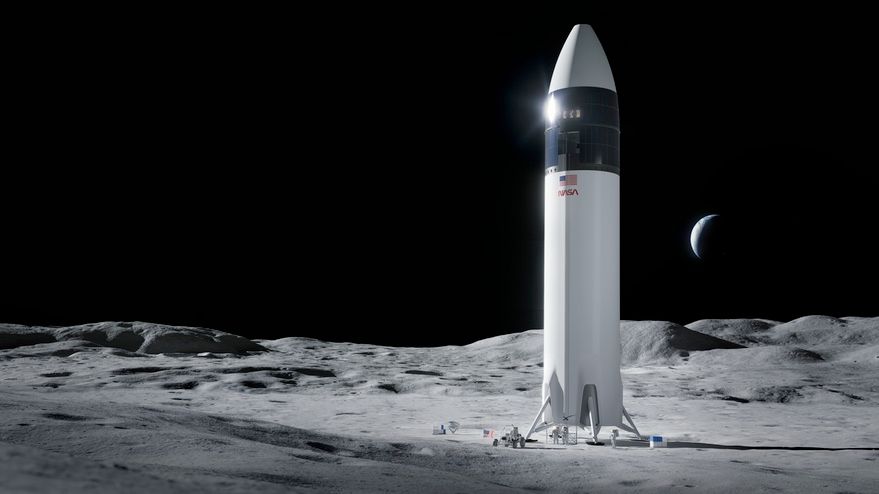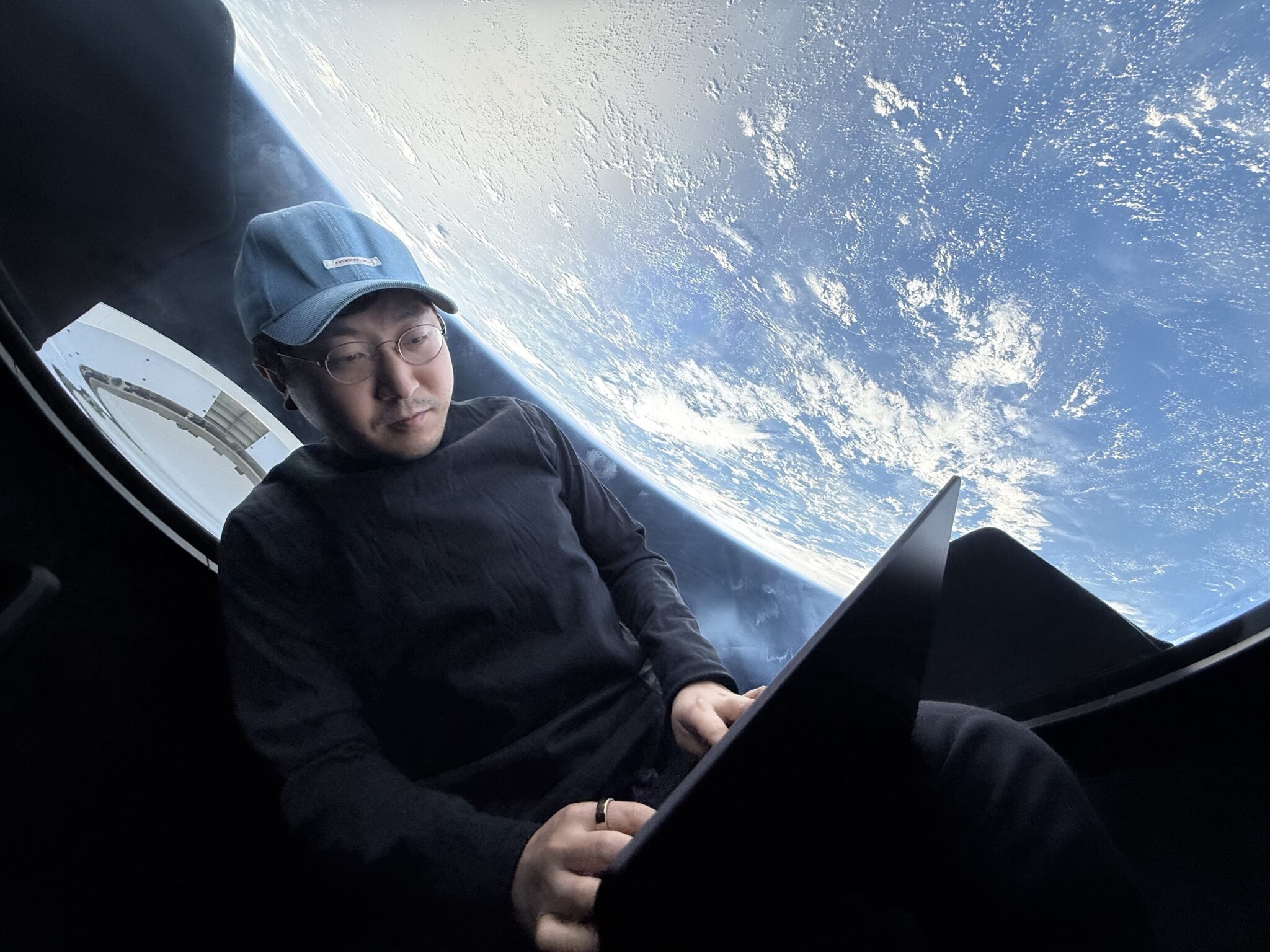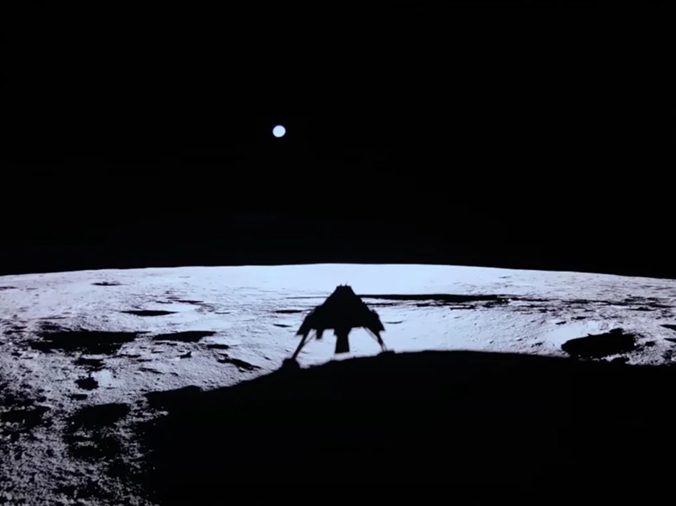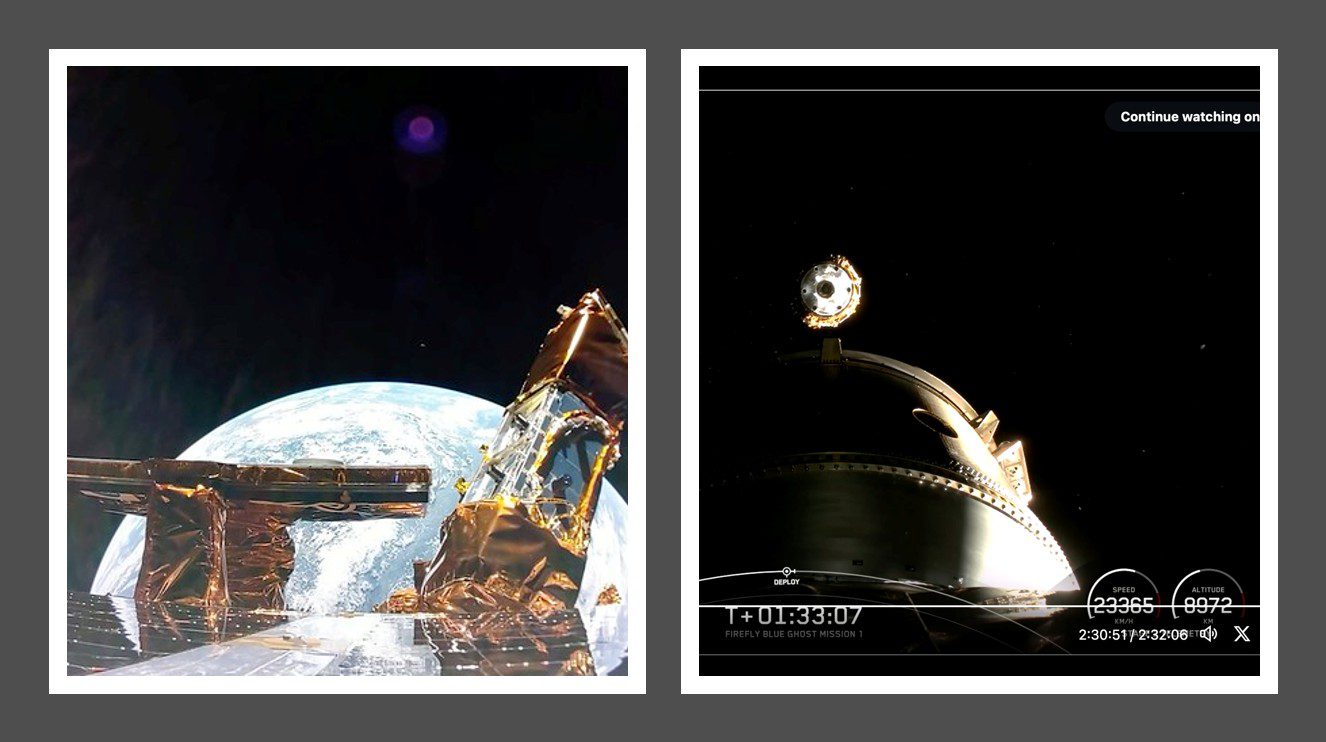While physicists note that the speed of light cannot be exceeded, at least on current understanding, using light itself to accelerate a spacecraft could get one to 20 per cent of the speed of light (3 x 108 m/s). A new project called “Project Starshot” has been announced by Russian entrepreneur Yuri Milner. The idea is to build nano-spacecraft in combination with light sails. These would have ground-based lasers fired at them to accelerate them towards other star systems, such as Alpha Centauri 4.3 light years away, for what would still be a 20-year trip. The craft would transmit images and readings of the star system back to Earth as they passed by.
The project has the support of Facebook entrepreneur Mark Zuckerberg and the famous physicist Stephen Hawking, who will be on the project’s board.
The US$100 million research project will be led by Pete Worden, the former director of the NASA Ames research centre.
Comment by David Todd: While interplanetary travel has been achieved, up to now the concept of star travel exists only in theoretical form. The British Interplanetary Society came up with what many regarded as the most practical solution for a star-travelling spacecraft in its nuclear bomb/pulse-powered Project Daedalus design. However, the expense meant that there was no likelihood of it ever being built.
The idea of using lasers in combination with light sails is a good one – but using ground-based ones less so. Remember, the lasers act like normal light except that they are initially more intense, and the power received will decrease as a square of the distance. Better would be to carry a small battery/nuclear isotope-powered laser aboard each spacecraft to power its own light sail for all or most of the flight after an initial ground laser boost (perhaps this is what the project is planning). This configuration would also have the advantage of the craft being able to slow down by turning the thrust backwards as it approached the star system.
One other thing: the development of very high powered ground lasers would have a military anti-satellite/ballistic missile spin-off application. Let us hope that this project is not a front for this.






